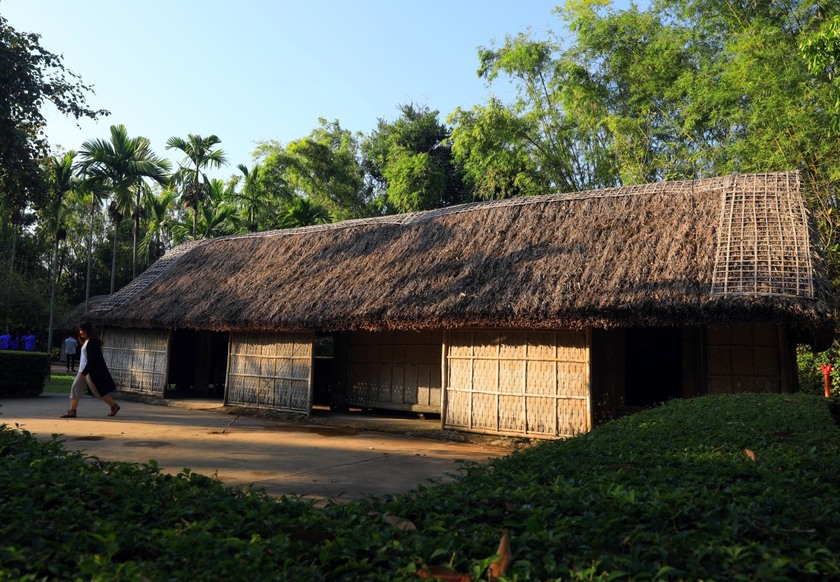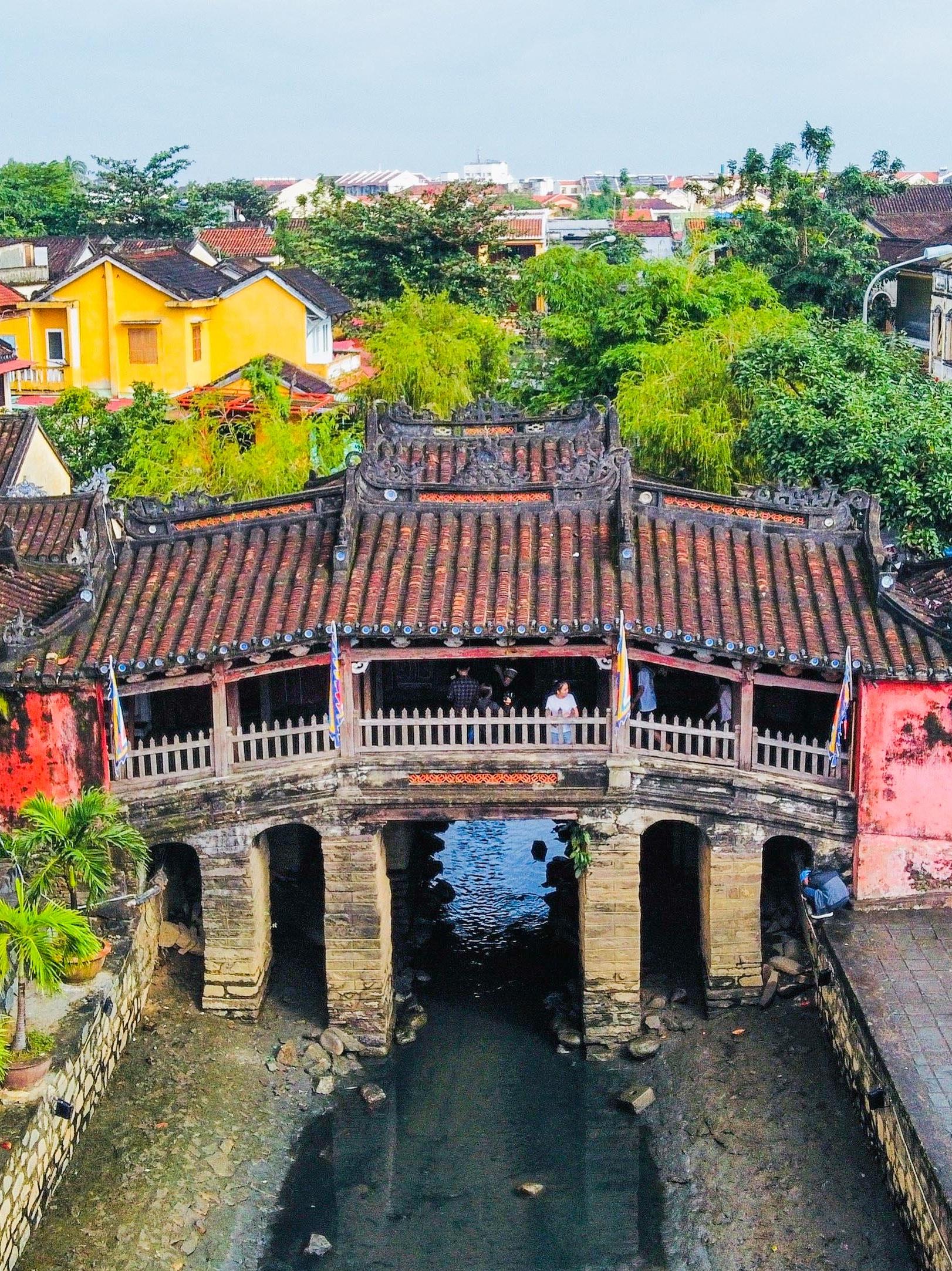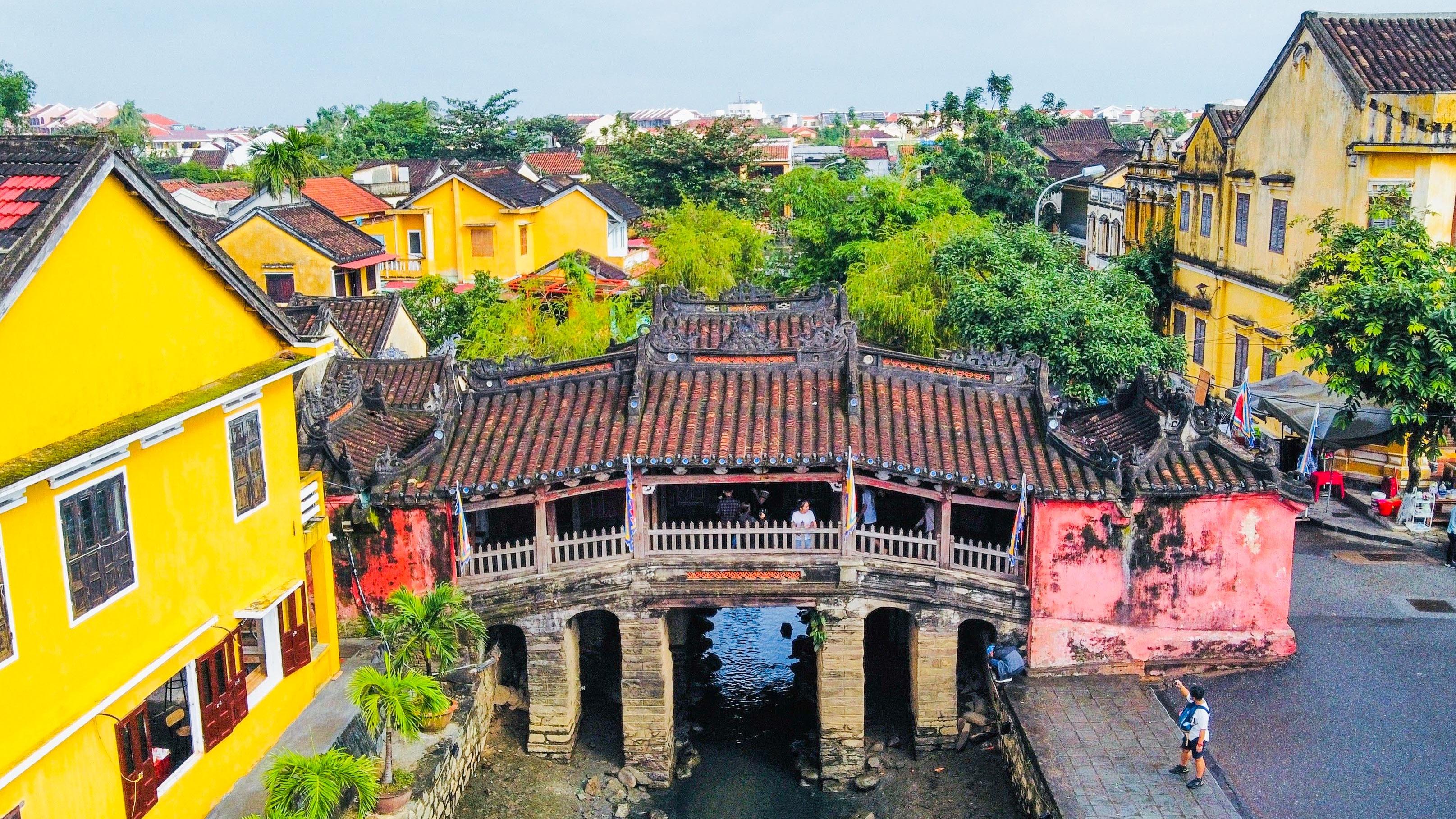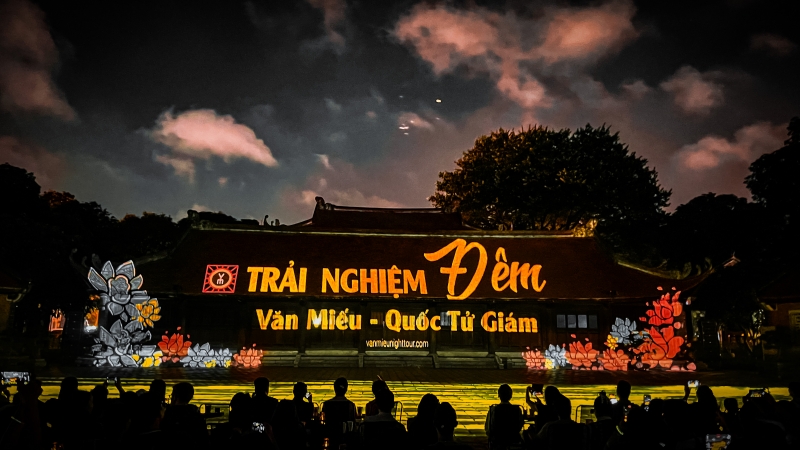Each image on Vietnamese polymer banknotes is a unique work of art, contributing to increasing the value of the currency. At the same time, these images also invite tourists to explore the beauty of Vietnam.
On each banknote, we see images of famous landscapes and unique cultural symbols such as Ha Long Bay, Temple of Literature, Japanese Covered Bridge... Each image is delicately and meticulously depicted, bringing the owner a sense of pride and respect.

Each image on Vietnamese polymer money is a unique work of art, contributing to increasing the value of the money.
Japanese Covered Bridge - Hoi An symbol on the 20,000 VND note
Located in a prime location in the ancient town of Hoi An, the Japanese Covered Bridge stands tall like a “precious gem” in the heart of the heritage. This unique structure was built around the mid-16th century by the Japanese merchant community who came to trade in Hoi An, marking the cultural exchange between the two countries.
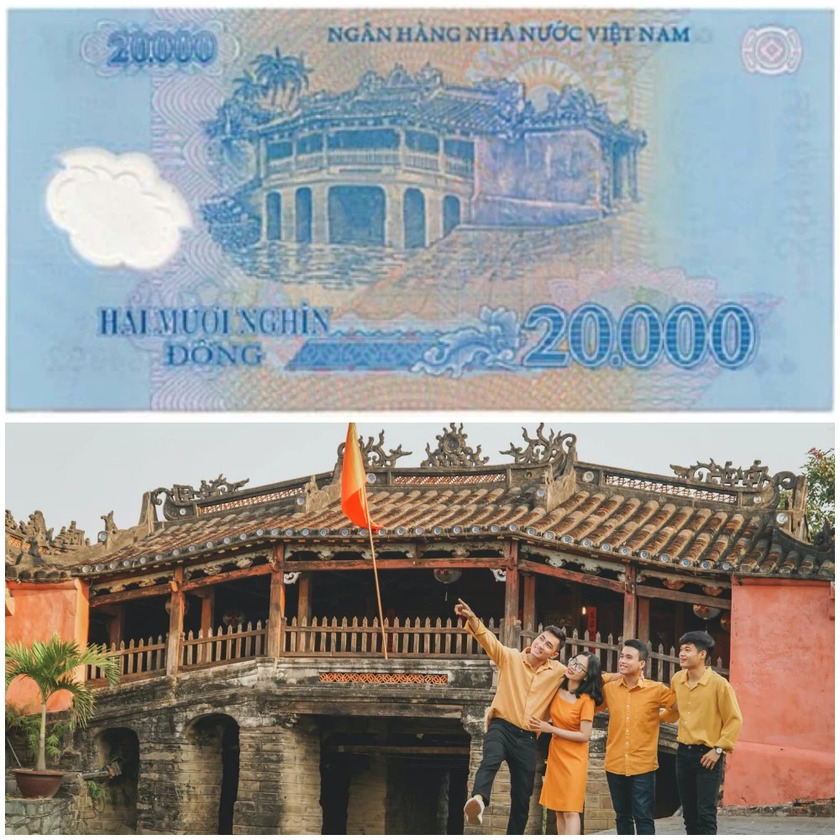
Located in a prime location in Hoi An ancient town, the Japanese Covered Bridge stands tall like a "precious gem" in the heart of the heritage.
The 18-meter-long wooden bridge, designed with a curved roof spanning the creek, flows into the poetic Thu Bon River. Through the ups and downs of history, the Japanese Covered Bridge has been restored and repaired many times. The original Japanese architectural features have gradually faded, replaced by a subtle blend of Vietnamese and Chinese styles.
Today, the Japanese Covered Bridge is not only a bridge across the water but also a cultural and historical symbol of Hoi An. The image of curved tiled roofs, sacred statues and sophisticated patterns have become indispensable highlights in the picture of the ancient town. The Japanese Covered Bridge was officially recognized as a World Cultural Heritage in 1999, affirming the position and great value of this work.
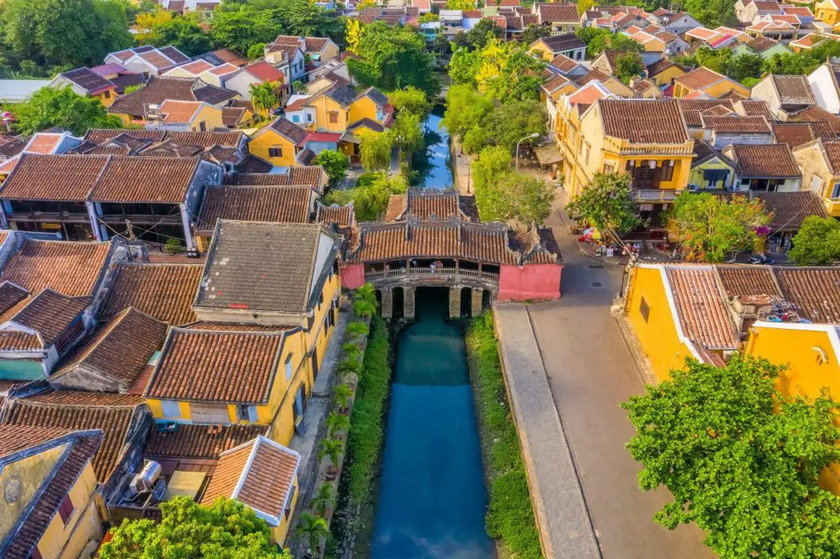
Walking on the Japanese Covered Bridge, visitors seem to be lost in a nostalgic space, returning to traditional cultural values.
Walking on the Japanese Covered Bridge, visitors seem to be lost in a nostalgic space, looking back to traditional cultural values. Each roof tile, each pattern bears the mark of time, telling us about the heroic historical stories of Hoi An. The Japanese Covered Bridge is not only an attractive tourist destination but also contains the pride of the local people.
Nghenh Luong Dinh - Phu Van Lau: Hue's beauty on the 50,000 VND note
Located on the banks of the poetic Huong River, Nghenh Luong Dinh has an elegant and gentle appearance like a watercolor painting. This was once the place where the king stopped to rest before boarding a dragon boat tour or to enjoy the cool breeze and the charming natural scenery. Each sophisticated architectural line, curved tile roof and meticulously carved patterns bear the mark of time, bringing us back to the ancient royal palace space.
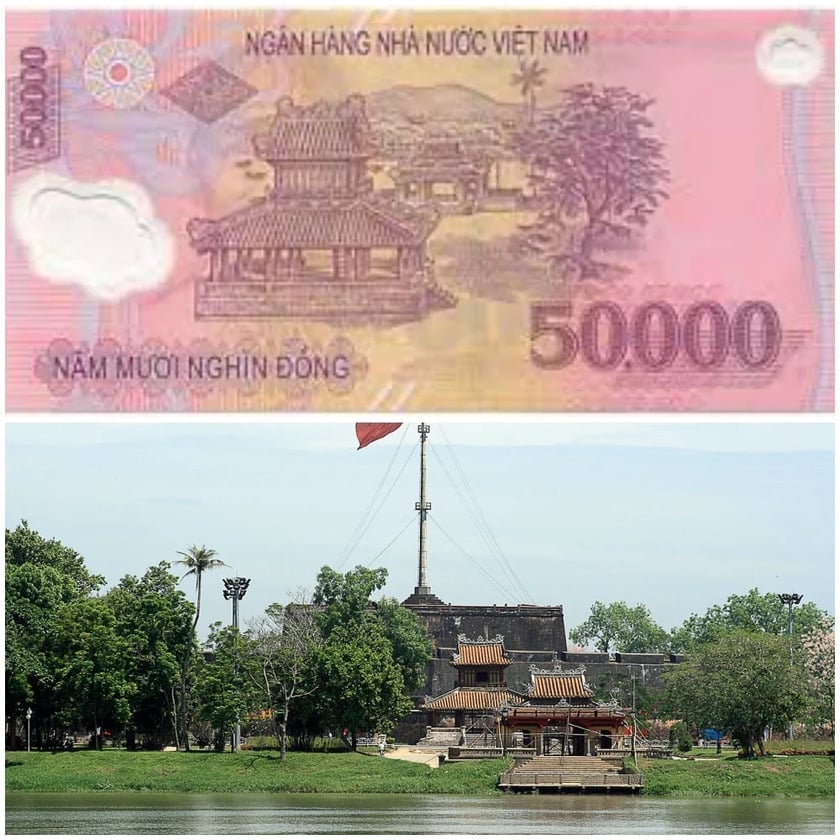
Located on the banks of the poetic Huong River, Nghenh Luong Dinh has an elegant and gentle appearance like a watercolor painting.
Standing tall and majestic on the riverbank, Phu Van Lau is a symbol of the Nguyen Dynasty's authority. It was used to post important royal decrees, announce the results of royal examinations, and host important events. Phu Van Lau's architecture is imbued with a classical style with two curved roofs, sturdy pillars, and a sophisticated system of patterns.
The image of Nghenh Luong Dinh and Phu Van Lau on the 50,000 VND note is not only a decorative detail but also a reminder of the great historical and cultural values of the nation. Every time we hold this note in our hands, we feel more love and pride for the heritage that our ancestors have left us.
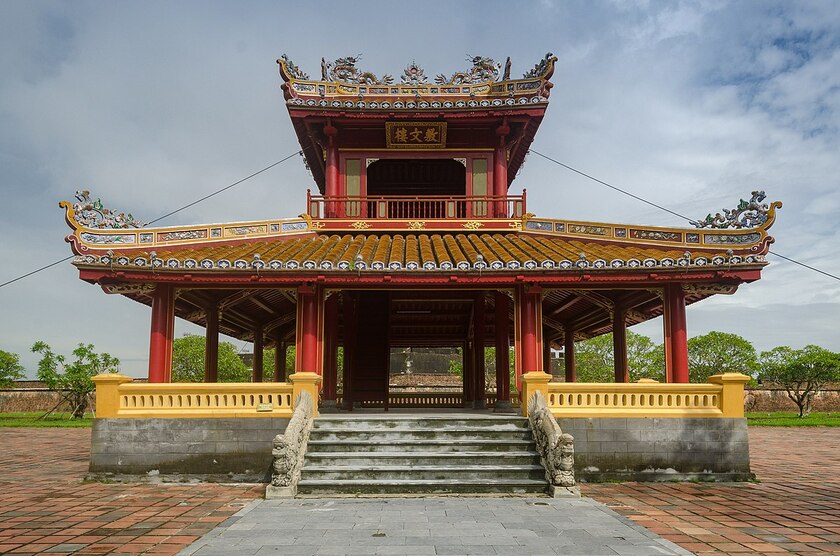
The image of Nghenh Luong Dinh and Phu Van Lau on the 50,000 VND note is not only a decorative detail but also a reminder of the great historical and cultural values of the nation.
Khue Van Cac - Education symbol on the 100,000 VND bill
The 100,000 VND polymer banknote is the pride of the nation with the image of Khue Van Cac - the symbol of education and studiousness of the country.
Located in the Temple of Literature - Quoc Tu Giam, Khue Van Cac is like a lighthouse illuminating the path of learning for generations of students. Its unique architecture with eight curved roofs and three floors facing four directions seems to embrace the essence of knowledge of heaven and earth. This place used to be the place to keep the golden board recording the names of candidates who passed the imperial examinations with high scores, demonstrating the nation's tradition of studiousness and spirit of encouraging learning.
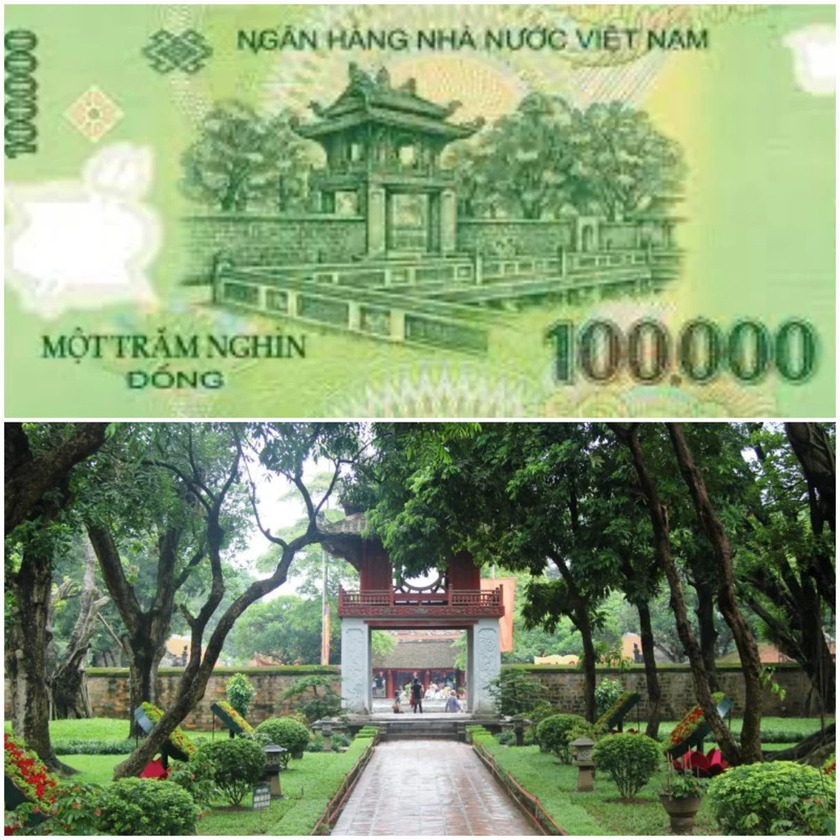
The 100,000 VND polymer banknote is also a source of national pride as it features the image of Khue Van Cac - a symbol of education and the country's studious spirit.
Khue Van Cac is not only an architectural work but also a symbol of the eternal quintessence of culture, education, tradition of respecting teachers, encouraging virtue and talent of the Vietnamese people. This place attracts millions of visitors every year, is the venue for many cultural activities and festivals such as honoring valedictorians, folk arts, poetry reading, calligraphy exhibition, introducing spring poetry...

Located at the Temple of Literature - Imperial Academy, Khue Van Cac is like a lighthouse illuminating the path of education for many generations of students.
Ha Long Bay - Natural wonder on the 200,000 VND note
The 200,000 VND polymer banknote is like an invitation to visitors to Ha Long Bay - a unique and majestic natural heritage recognized by UNESCO many times. This place possesses breathtaking beauty, attracting domestic and international tourists by the perfect combination of majestic nature and cultural and historical values.
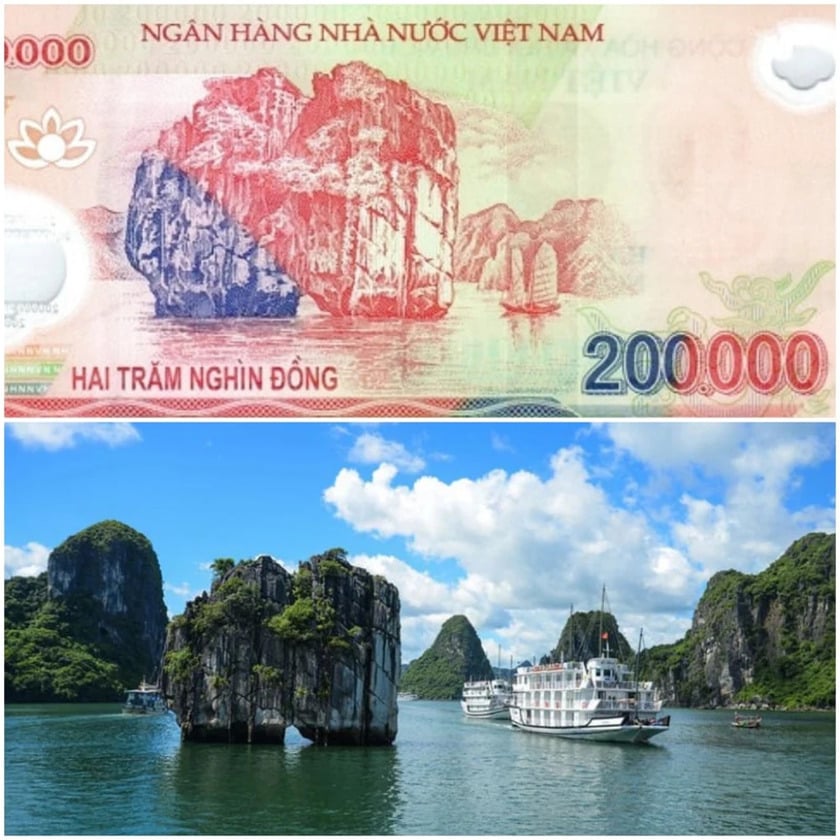
The 200,000 VND polymer banknote is like an invitation to tourists to Ha Long Bay.
Ha Long Bay is a magnificent natural picture with thousands of large and small islands created by the talented hands of nature. Each island has a unique shape, hidden in the clouds and sky like unique works of art. The clear, emerald green sea reflects the limestone islands, creating an extremely magical and poetic scene.
Visitors to Ha Long Bay not only admire the beautiful scenery but also have the opportunity to explore mysterious caves, containing many historical and cultural values. Sung Sot Cave, Dau Go Cave, Trinh Nu Cave... are destinations not to be missed, where visitors will be immersed in a mysterious world with stalactites and stalagmites of various shapes.

Ha Long Bay is a beautiful natural picture with thousands of large and small islands.
The five-room thatched house located in the Kim Lien relic site on the 500,000 VND note
The 500,000 VND note features a touching image of a five-room thatched house in Sen village, Nam Dan, Nghe An - where President Ho Chi Minh was born and raised. This image is a reminder of the humble origins and peaceful childhood of the great leader.
The five-room thatched house is located in the Kim Lien relic site - where artifacts, documents, and historical cultural spaces about the childhood of Uncle Ho and his family are preserved. The small, simple house with a simple thatched roof and rustic earthen walls is where Uncle Ho spent his peaceful childhood, close to his loved ones. This place nurtured his noble qualities and extraordinary willpower, contributing to the formation of a great leader of the nation.

The 500,000 VND note features a very touching image of a five-room thatched house in Sen village, Nam Dan, Nghe An - where President Ho Chi Minh was born and raised.
Coming to Kim Lien relic site, visitors not only admire the 5-room thatched house but also learn about the life and activities of Uncle Ho during his childhood. The artifacts, documents and images displayed here are like vivid films, authentically recreating the life of Uncle Ho and his family. Visitors also have the opportunity to walk in the fruit garden where Uncle Ho used to pick fruit, and visit places associated with Uncle Ho's childhood such as schools, water wharves...
The five-room thatched house is not only the birthplace of Uncle Ho but also a symbol of a great life, of patriotism and the will for independence and self-determination of the nation. Every time we see the image of the house on the 500,000 VND banknote, our hearts are filled with pride and infinite gratitude to Uncle Ho - the beloved Father of the nation.
